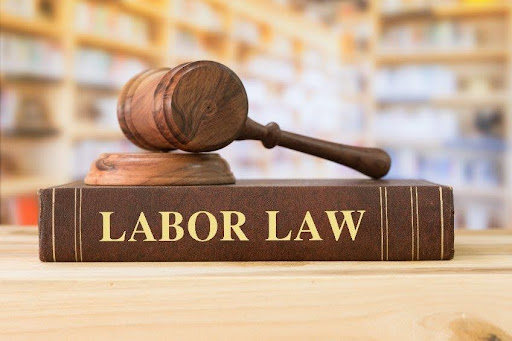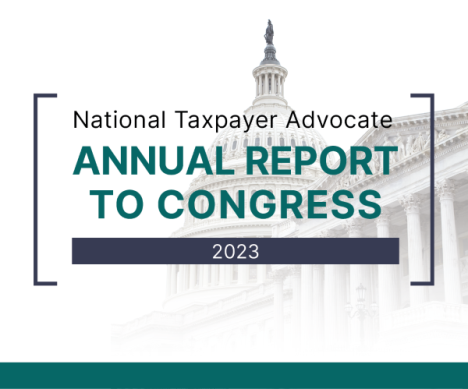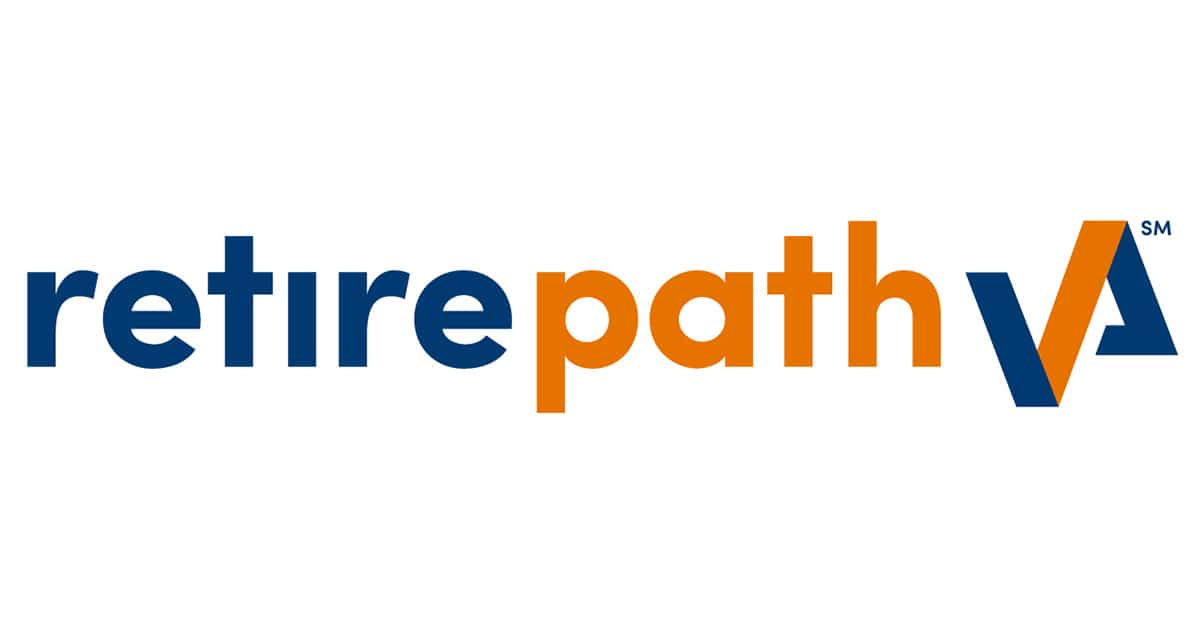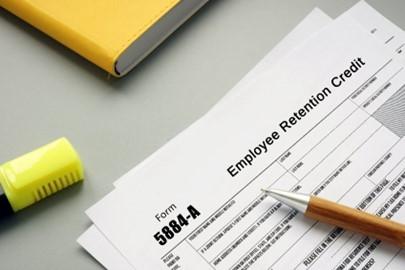Important Update for Small Businesses
 Background – Corporate Transparency Act (CTA)
Background – Corporate Transparency Act (CTA)
This year’s January issue of the Pearson Perspective alerted small business owners to be sure to find out if your business is one of millions affected by the Corporate Transparency Act (CTA). Congress enacted the CTA in 2021 to combat sources of financial criminal activity and abuse of anonymous companies. The law became effective January 1 of this year.
The Problem: Congress identified a widespread tactic by individuals with malicious intent to affect national security and economic integrity. Specifically, the scheme is to conceal or profit from the ownership of U.S. companies to facilitate illegal operations.
The Solution: The intent of the CTA is to curb unlawful financial activity including tax fraud, money laundering, and terrorism financing. Compliance requires a majority of privately held corporations, limited liability companies, and similar entities … domestic and foreign … doing business in the United States to report to the Financial Crimes Enforcement Network information about the individuals who own or control them.
The measure is targeted squarely at small businesses with fewer than 20 employees or $5 million or less in gross receipts. Companies larger than this are exempt … as are many lines of financial services businesses that are far more able to be abusive than approximately 11 million small businesses that are expected to incur annual compliance costs exceeding $1 billion.
Small Businesses Push Back!
In 2020, two plaintiffs filed suit in the U.S. District Court for the Northern District of Alabama against the Treasury Department. Together, the National Small Business Association (NSBA) and NSBA member Isaac Winkles challenged the constitutionality of the CTA’s reporting requirements on the basis that the Act is:
- unduly burdensome for small businesses;
- a violation of privacy and free speech protections; and
- an infringement on a state’s power to govern business.
Unexpectedly, Federal Judge Liles C. Burke ruled on March 1 that the CTA is unconstitutional “because it cannot be justified as an exercise of Congress’ enumerated powers.” Clearly, small businesses have reason to cheer this decision.
Notably, there are similar pending cases in other states that have challenged the requirements of the CTA.
Cautious Cause for Celebration
The ruling is certainly good news for small businesses and for everyone concerned about financial privacy in the United States. That said, it is only the first step in what shapes up to be a long legal process. The Financial Crimes Enforcement Network (FinCen) promptly reacted by releasing a statement that addresses the court ruling, its intention to respond further and continued enforcement of the CTA i.e. “reporting companies are still required to comply with the CTA and file beneficial ownership reports as provided in FinCEN’s regulations.”
In a further move, the Justice Department filed an appeal of the verdict on behalf of FinCen which will be heard in the U.S. Court of Appeals for the 11th Circuit. The appeal effectively ignores the holding of the Alabama District Court.
Key Takeaways
- FinCEN, advises that “reporting companies are still required to comply with the law and file beneficial ownership reports as provided in FinCEN’s regulations”.
- FinCEN indicated it would not attempt to enforce the CTA against the two named plaintiffs or others specified in the Alabama court’s injunction while litigation is continuing.
- FinCEN has been notified of recent fraudulent attempts to solicit information from individuals and entities that may be subject to reporting requirements under the CTA. The fraudulent correspondence may be titled "Important Compliance Notice" and asks the recipient to click on a URL or to scan a QR code. Those e-mails or letters are fraudulent. FinCEN does not send unsolicited requests. Please do not respond to these fraudulent messages or click on any links or scan any QR codes within them.
- Pearson & Co will keep you in the loop as the legal issues develop.
The foregoing is meant as an overview only. There is more to consider.
Give us a call and we’ll help you determine your company’s status
under the CTA plus help with reporting if necessary.



















